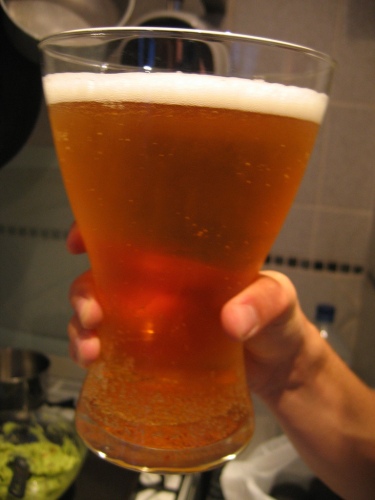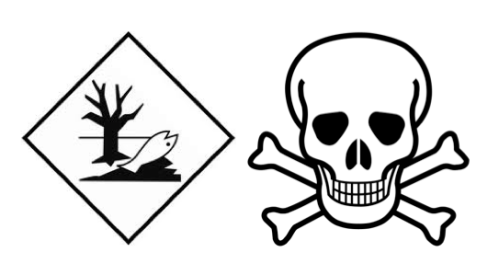
Beer. It’s one of humanity’s finest inventions and is the topic of several blogs on its own. There is a lot that beer can teach us. For example, recently a group of hard working scientists invented a new way to brew batches of nanoparticles that is reminiscent of beer brewing. For those of you not familiar with the beer making process, you start by boiling grains and hops in water to create a sugary liquid called wort. After removing the solids, you add the fungus yeast to the wort. As the beer ferments the yeast break down the sugars and create alcohol and carbon dioxide. Once the yeast is finished, it settles out, is separated and we have the glorious final product that is beer.
Enter the fine scientists working over at the Oak Ridge National Laboratory (Fun fact: this same facility was originally founded as part of the Manhattan Project). They, along with their Korean collaborators, have come up with a way to allow bacteria to create nanoparticles by breaking down larger materials. Scientists have known for years that some types of bacteria are able to release chemicals which can break down metals and turn them into a usable form for the organism, but this is a bit different. This new synthesis takes a similar biological process to a new level by using it to create very specific varieties of nanoparticles with multiple potential industrial applications.

This new process for creating nanoparticles is very similar to that of beer brewing. The bacteria are placed into a solution containing the non-nano-sized minerals along with some sugars, and they allow this mixture to ferment just like beer. Also like beer, by altering the conditions the nanoparticles can be produced to exact specifications and be made in a variety of styles. Where beer can produce pale ales, porters, and dopplebock this new technique can produce nanoparticles of different sizes and shapes. Then once the bacteria finish production, they are separated from the freshly made nanoparticles. After separation the bacteria can be prepped for use in the next batch.

So how does this new process compare with current nanomaterial production techniques? This particular process creates magnetic nanoparticles with potential applications in computing, next-generation lighting (LEDs), and solar power. Unfortunately, a lot of the manufacturing processes to make magnetic nanoparticles like the ones made using the Oak Ridge technique often require the use of chemicals that can be highly toxic and will require careful waste disposal. In addition, these same processes can produce relatively small quantities of nanoparticles relative to the amount of energy and materials required. All of this adds up and takes away from the overall sustainability of previously existing processes that this new technique seeks to replace. The Oak Ridge process is an improvement primarily in that it is conducted in water and can create very large amounts of nanoparticles.
Specifically, this new process can be scaled from batch sizes that would produce a few milligrams to several kilograms of specifically crafted nanoparticles. This would be comparable to the difference between the average homebrewed 5-gallon batch of beer to the amount produced in a single production run by that of Miller or Budweiser. This is a BIG difference!

It’s amazing that such a simple concept can be used is such an advanced way as to help revolutionize an industry. Even if beer may not have been the inspiration for this idea it’s nice to know that there are ideas being put forward every day that will help to reduce waste, cut back on the use of harmful chemicals, and help to improve the sustainability of nanoparticle production. This is something that we can all raise a glass to. Cheers.
References:
Bacterial Fermentation Improves Metallic, Semiconducting Nanoparticle Production. Oak Ridge National Laboratory Press Release.
Moon, J., Rawn, C., Rondinone, A., Love, L., Roh, Y., Everett, S., Lauf, R., Phelps, T. Large scale production of magnetic nanoparticles using bacterial fermentation. Journal of Industrial Microbiology & Biotechnology. 2010, 37, (10), 1023-31.
